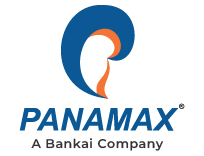Nearly half of the Latin America region is still unbanked because of the poor accessibility and concentration of the financial market. Just a few dominant banks hold almost all assets, investments, credit, and lending of LATAM countries, like Brazil, Mexico, and Colombia. Challenger banks seized this opportunity for disruption by riding high on the fintech boom and availing of mobile and internet banking facilities.
Some of these financial services firms leverage digitalization to tap into the unbanked consumer bases. The rapid growth of financial technology has led neo banks to overtake traditional financial services infrastructure to provide tailored digital banking solutions to the masses of LATAM countries.
Among the other Latin America countries, Brazil alone will be responsible for the transaction value of $160.20 billion through neo banking solutions in 2022. Other LATAM countries, including Mexico, Chile, Argentina, and Colombia, are also witnessing a boom in the digital banking sector driven by a favorable regulatory landscape, fintech advancement, and opportunities to fill the gaps in traditional banking.
Let’s understand the current banking landscape of LATAM countries and how neo banks are leading to the financial betterment in those countries.
What Is Neo Banking?
Neo banks are digital banks with no physical presence at a set location. These are the broad range of independent financial service providers and fintech firms that do their business exclusively online and primarily target tech-savvy customers. They offer mobile-first, digital banking solutions for payments, cards, money transfers, lending, etc. Neo banking solutions leverage modern digital platforms and data-driven insights to deliver personalized experiences with value-added services.
Banking Landscape in LATAM Countries
High Unbanked Population
Millions of Latin Americans lack access to financial services because of poor banking infrastructure in rural areas. It can be cumbersome for people in remote Latin America to travel dozens of miles to access basic transactions.
The traditional banking ecosystem makes it further time-consuming and inconvenient for consumers to open a bank account, requiring in-person appointments for minor changes and inadequate documentation. Thus, neo banks are paving the way for alternative and more bespoke banking solutions that fit the demands of the large, neglected population.
High Margins, Low Penetration of Formal Financial Services
The widespread usage of smartphones, especially by millennials, has led to an increasing preference for digital-only banking. This demand brought the emergence of fintech in Latin America, aided by underutilization and low penetration of formal and highly concentrated financial services. As a result, LATAM countries' banks enjoy higher margins than banks in other countries, implying higher fees and transaction costs.
Favorable Regulatory Environment
Regulators in Latin America are making positive interventions to address the unfair privileges long-held by incumbent banks. Brazil has been pushing the concept of the world's most ambitious open banking frameworks since 2019. Colombia's new regulatory sandbox and Mexico's Fintech Law foster fair competition, interoperability, and lower barriers to entry of various direct-to-consumer fintech business models.
How Are Neo Banks Addressing Consumer Needs in LATAM Countries?
Unlocks Financial Inclusion
Many neo banks in LATAM countries offer accounts with zero or low commissions or fees without requiring a minimum account balance. This neo banking strategy will allow the general population with limited financial resources to enjoy digital banking solutions which were excluded previously because of high account minimums.
Neo banks’ mobile-first approach goes parallel with banking penetration. The high smartphone adoption rate in recent years has driven more than half of smartphone users to access mobile and internet banking solutions.
Increased Focus on SMEs and Small Merchants
Neo banking provides a lean and faster alternative to older credit scoring methods for small and medium-sized enterprises (SMEs). While traditional solutions have high-interest rates and slow application response times, independent neo banks can offer more affordable and accessible payment solutions.
For example, neo banks are removing major pain points of SMEs and small merchants in Latin America by deploying machine learning to evaluate the creditworthiness of businesses faster and more efficiently. It makes banking processes transparent regarding risk assessments and decision-making.
Low-cost Digital Banking Solutions
There is a demand for cost-effective digital banking solutions that drive customers away from cash. It is because the major population of LATAM countries lives in poverty. Therefore, Neo banks are leveraging an integrated approach to deliver low-cost and bespoke solutions.
For example, Brazil’s Nubank allows Brazilian adults to set up an account for free as long as they have a smartphone and a regular Central Provident Fund (CPF) status on Receira Federal Brasileira.
Fintech Collaborations in the Right Direction
Neo banks are expected to collaborate increasingly with fintech companies as open banking continues to garner traction. This strategy will require efforts to educate lawmakers and customers on the benefits of open banking. It will lead customers to share transaction data safely and willingly with third parties.
Neo banks of LATAM countries have already signed fintech deals with various sectors, including WealthTech, payments & remittances, blockchain, cryptocurrencies, marketplace lending, and real estate.
Unlock Financial Inclusion for the Unbanked and Underbanked Using Digital Banking Suite
The current Latin America banking landscape provides fintech companies and neo banks opportunities to tap into new consumer bases and gain massive profits. These massive growth opportunities are driven by a friendly regulatory environment and the demand for the financial inclusivity of the unbanked population with mobile-first, digital banking solutions. In LATAM countries, the emergence of the neo banking solutions has showed the potential of fintech firms that provide a collection of entirely digital financial apps and services.
Panamax’s Digital Financial Solutions suite, backed by cutting-edge technologies, helps financial institutions, banks, telecom operators, and carriers to drive financial inclusion for the unbanked and underbanked across the globe.
Related Blogs
Neo Banks: The Perfect Confluence of Technology & Banking
Open Banking: Bridging the gap between Banks and Cutting-edge Technology


















